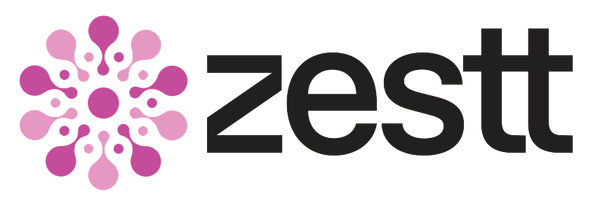My daughter was sick, stomach cramps, vomiting and a fever. It was Christmas and I was visiting family in a small New Zealand town. I rang around all the GP clinics and no one would see her – “sorry, we are booked out and we are not taking on new patients or people from out of town.”
I was getting pretty frantic, in full-on “Mum-mode” and close to taking her to A&E, when eventually I found a clinic in another town who would see her, off we drove. She was diagnosed with campylobacter food poisoning and recovered well after a few days, but I will not forget the feeling of despair and anger when no one would see us.
A shortage of medical staff is affecting people all over the country from GP visits to long waiting lists for specialist appointments. Yes, we could train more medical staff, but the challenges are deeper than that. Our medical system is not really set up for the types of illnesses many of us are experiencing relating to chronic disease, nor have we adequately prepared for our aging population.
This blog is not to highlight the flaws in our healthcare system, rather, I wanted to offer thoughts on the opportunities to transform healthcare.
In Peter Attia’s book, Outlive, he describes the evolution of medicine in three distinct phases:
Medicine 1.0 – a reactive approach to illness, punctuated with learning how to control infectious diseases with treatments like penicillin.
Medicine 2.0 – the focus shifts from reactive towards prevention and management of disease, as we gained a better understanding of the science underpinning disease. This phase is characterised by the development of vaccines and pharmaceuticals, like the highly prescribed statins, hypertensive and antidepressant medications. There have been significant pharmaceutical winners in this phase, I won’t go into that now but the very worst side of it is laid-open in the heart-rending book, “Empire of Pain,” by Patrick Radden Keefe which kept me up for many nights.
Medicine 3.0 - is the future of medicine, and pulls together data (based on your genes, your environment, and your body signals) from multiple sources to build a personalised approach to optimising health and preventing disease before it starts. I joke about this phase as me trying to open the fridge and a scary voice ringing out to tell me that “No Anna, you may not eat any more food today, it is 10 o’clock in the morning and you have already exceeded your daily intake!”
In essence, Medicine 1.0 is about treating the sick, Medicine 2.0 is managing those at-risk and Medicine 3.0 is about optimising the well.
When I think about Medicine 3.0, I don’t think of a consultative model with my GP - given they have a 15-minute window for me, if they can see me at all.
For medicine 3.0 to work for everyone, not just those who can afford expensive testing and private consultations, it’s going to be about each of us understanding what is needed for optimising wellness, from diet, to sleep, to exercise, medicines and supplements. Tools and trackers, biomarkers and coaches and YOU, at the centre - as the CEO of the new Health Model, conducting what is needed, interpreting tools and finding what works for you.
It sounds overwhelming, but less overwhelming than that awful feeling of not being able see a doctor when my daughter needed it.
Leaning more about health is a step-by-step learning process, it is what brought Darcy from close to dying, to full remission – he became the CEO of the new health model.
For me, being the CEO of my health model is about reaching a ripe old age and living the life I want - traveling, laughing, writing and loving - not being locked up in a dementia ward like my father was.
All the best, Anna and Darcy.
If you would like to discuss any of this further, please contact Darcy or Anna (who you can contact at +64 27 599 2255 or +64 27 4861418 respectively) or via info@zesttwellness.com.
 United States
United States New Zealand
New Zealand
